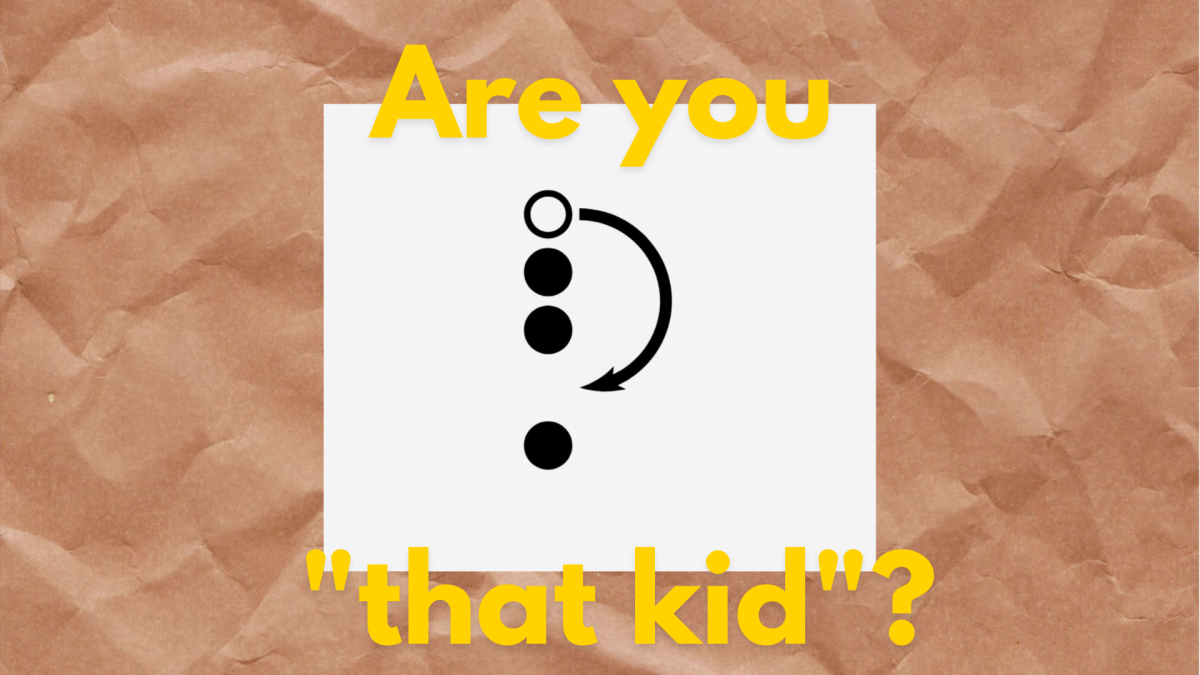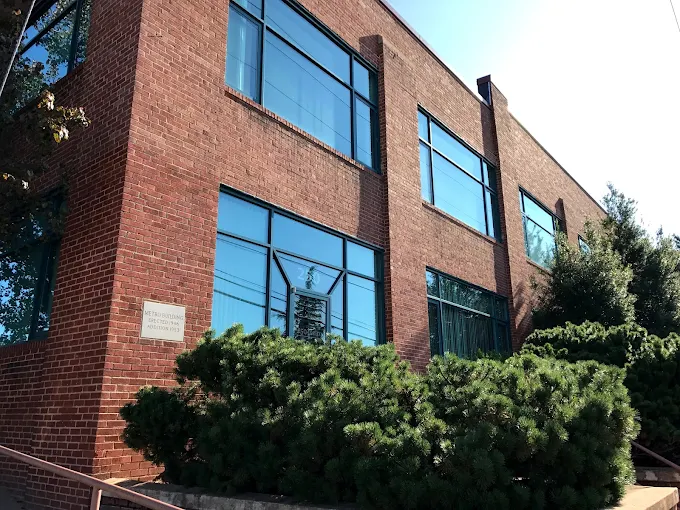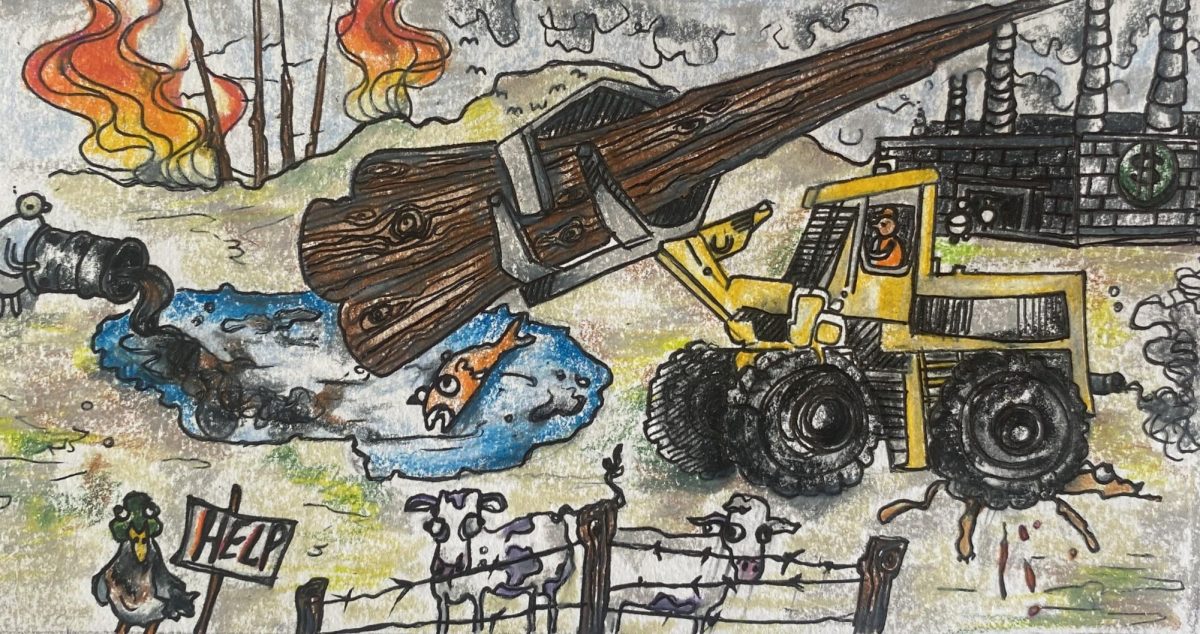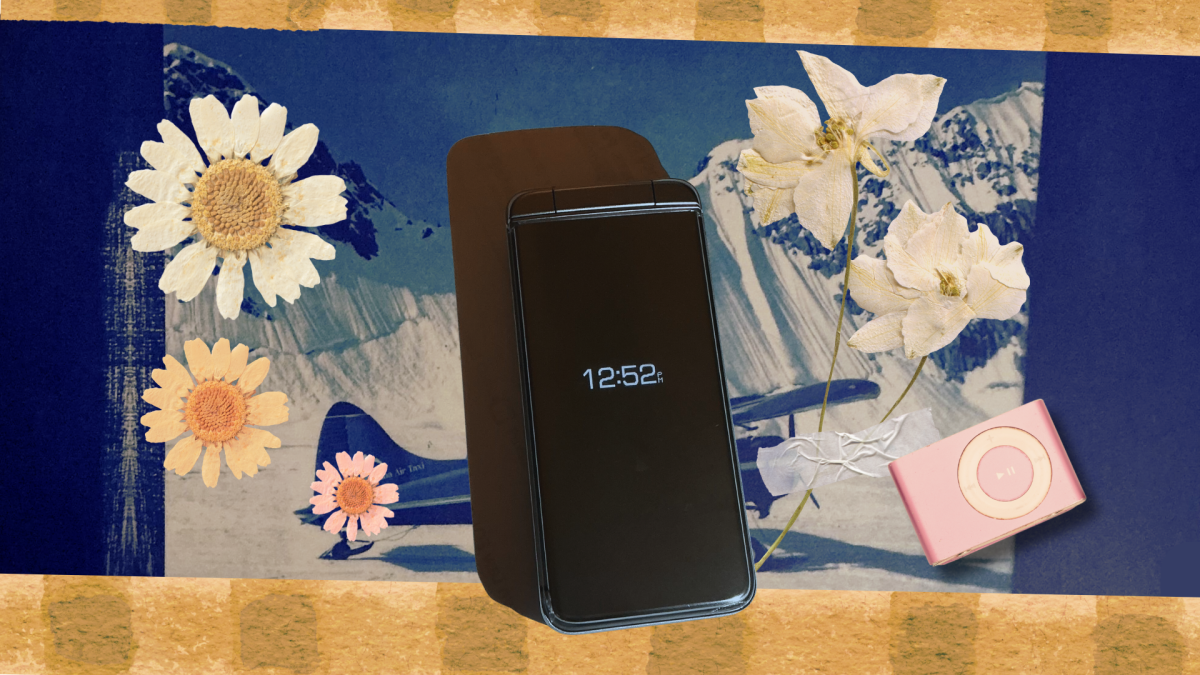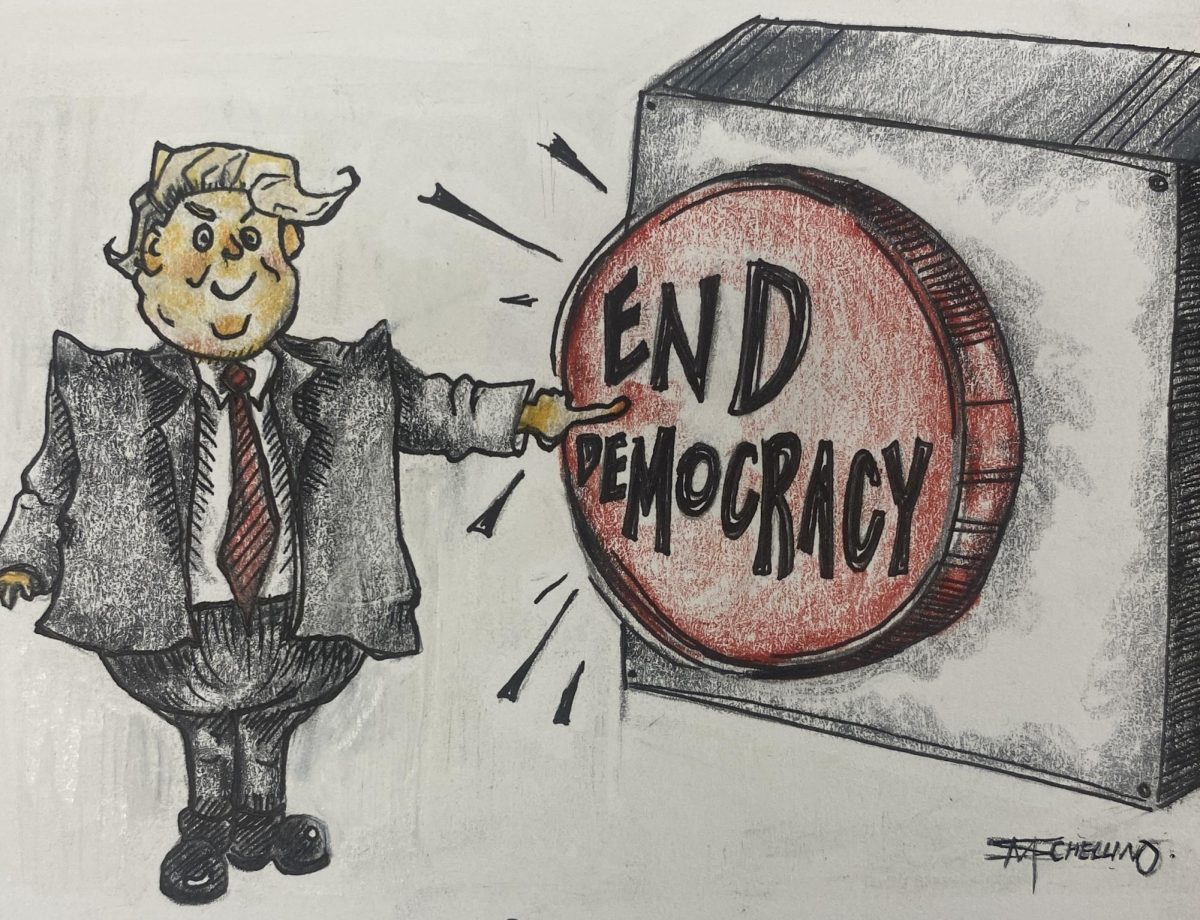The bell rings, and you begin feeling dread work its way up your spine. You hear the rush, the rapid thud of footsteps, and you squeeze your eyes shut as your classmates rush out the door.
Lunch!
That time of day where hungry children stampede their way to the cafeteria like there’s no tomorrow.
You, on the other hand, still stand there, waiting for the rush to pass, knowing the long lines won’t cease to exist regardless of whether you get there early or not.
This is something that occurs every day in Woodbridge High School cafeterias. The bell rings. The crowds build. Some people cut, others wait to leave in hopes of traffic buildup stopping, but regardless, all suffer together. The question is: how can we stop long lunch lines at Woodbridge High School?
The answer is different depending on who you ask.
In Woodbridge High, a cafeteria worker claims some “students [are] at fault.”
They said cutting in line causes a serious traffic buildup. More interestingly, they also addressed the treatment of cafeteria staff: “if we’re treated kindly, with just a simple hello and thank you, we feel more encouraged to work harder, and therefore faster.” They shook their head before continuing on, seeming annoyed.
“Putting your airpods in and pointing at your food is the opposite of nice.”
This coming from a cafeteria worker shouldn’t be a surprise, but an urgent wake-up call; cafeteria staff are human! We should treat them with respect if we want them to do their jobs even faster than they already are. Saying simple hellos and saying what you want, not pointing, can make the experience a lot more seamless in the long run. After all, it must be extremely tedious to have to hand out endless trays of food, especially with the crucial lack of human interaction. This is considering the massive work load that they have to go through, which, according to my interviewee, takes “hours at a time” to complete.
As for their point on cutting lines, Nahom T. at Lake Ridge Middle, a school with extremely short lines, claims it can “be okay sometimes.”
“Cutting is okay only if you’re joining your friends in line,” he insists, “because then, you’re not cutting.” According to the Oxford Dictionary, though, “cutting in” line is when one skips to a spot in line in a “rude or unfair way.” So, if the student population agrees, then this may be found to be something not considered cutting, but instead, simply taking a place in line. Then, that puts the concept up for debate: what is considered cutting and is it at fault for such lengthy lunch lines?
Nahom T. claims otherwise. HIs lunch lines are short and sweet at LRMS, regardless of whether he joins his friend in line or not. And arguably, students who cut aren’t lengthening lunch lines. The line is the same length as it would have been if they had joined the end. Whether line-cutting is okay, though, is a different topic altogether.
When asked if there was one thing she would do to help shorten lunch lines, Jenna A., a student at Woodbridge Senior High School, believed that the “pace at which the food was being served” affected line lengths the most. “Speeding up the rate of which food was served would effectively shorten the line,” she stated in the interview, “much more than stopping cutting. Cutting doesn’t change the length of the lines.”
As for Nahom T., when asked if getting rid of cutting was a good option, one line was all he had to give: “You just go up, you see your friend, you just say, ‘hey, what’s good,’ you dab ’em up, and you take their place. It’s the culture. You can’t take it away.”
